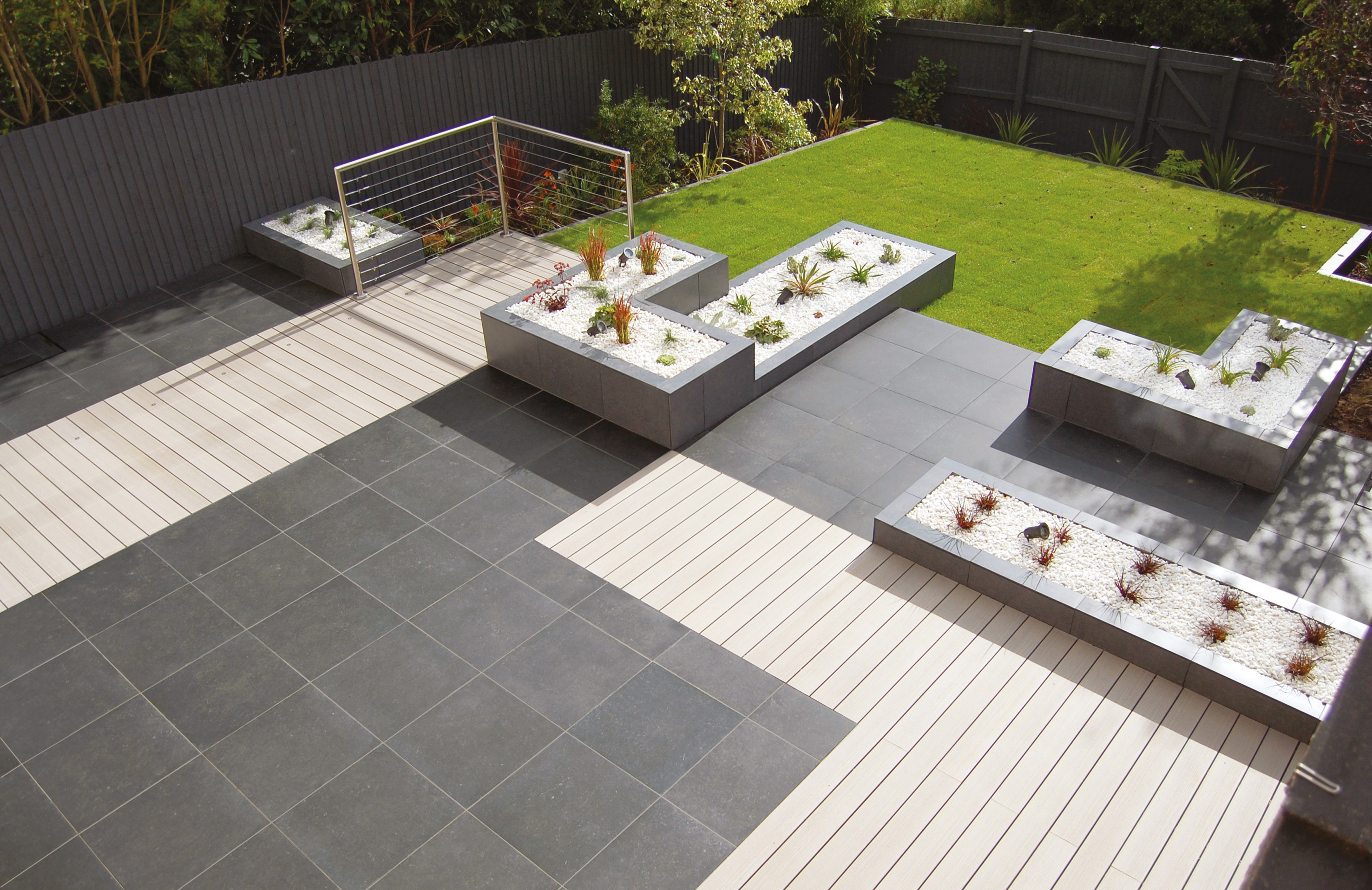For many homeowners, the space outside the home can often become neglected in an unfortunate case of “out of sight, out of mind” – until the summer, at least.
But it doesn’t have to be that way. In fact, your garden could be a real showpiece of your property with a little imagination and touch of TLC.
Why not make the most of your outdoor space and give it a shot in the arm with a stunning porcelain makeover?
A few simple additions can make the world of difference - get ready bring the style with outdoor tiles and create an external design that’s truly divine!

Porcelain Pavers
When it comes to creating a beautiful outdoor tile design, few products can compare to the almighty power of porcelain paving.
Practical and low-maintenance, our pavers are built to last with superior thickness for durability. Best of all, they won’t fade or stain and are both frost-proof and slip resistant.
However, a good outdoor design isn’t just a case of pick a stick – there are a few things to keep in mind when choosing an outdoor paving tile.
Style and finish
From the wonderfully weathered charm of a wood-effect paver like a Forest Grey Larch to the dark and stormy statement of a Travertine Grey, a simple choice of tile can completely transform your outdoor design – so it’s important to get it right.
However, the actual finish can also have a dramatic effect on the overall presentation of your outdoor design. Most of our outdoor pavers come with a beautifully textured surface to provide an aesthetically pleasing finish that’s equally appealing underfoot.
Best of all, style and comfort comes with grip and traction, making for a fine tile that doesn’t lose its practicality, even in wet conditions.
Lawns
When it comes to incorporating paving slabs within an existing or prospective lawn, our pavers are more than up for the challenge. Porcelain paving slabs can make for a great garden path, adding a stylish pathway to your lawn - just think how good our Siena Basalt pavers, for example, could look on your grass - while also minimising the spread of mud and dirt through to the house.
Meanwhile, a porcelain patio can make for a fantastic complement to your lawn and make a great centrepiece for barbecues and parties under the stars. To give your tile design a well-rounded look, you may also want to incorporate borders or paver edging to separate your paved area from a lawn or plant bed.
Layout
While the majority of our tiles come in square or rectangular sizes, there’s no rule to say you can’t get creative with the layout. Uniform design does create a flawless finish that’s pleasing to the eye but a dose of creative flair can be equally as impressive.
Paving tiles can be used in a litany of ways to create a myriad of effects, patterns and shapes that will make your garden look truly special. A mix of rectangular and square tiles in varying alignment can look truly awesome once complete, while mixing and matching a set number of tiles can create a mosaic effect that’s mesmerising.
Meanwhile, strategic paver spacing complete with pebble-filled gaps can look even more impressive than tightly aligned tiles, while also making the most of the space you have. The limits to your outdoor design ideas are truly endless and certainly don’t stop with the parameters of a single tile.
Click the button below to explore our colourful range of outdoor tiles and order yourself some FREE samples!
Browse Outdoor Tiles